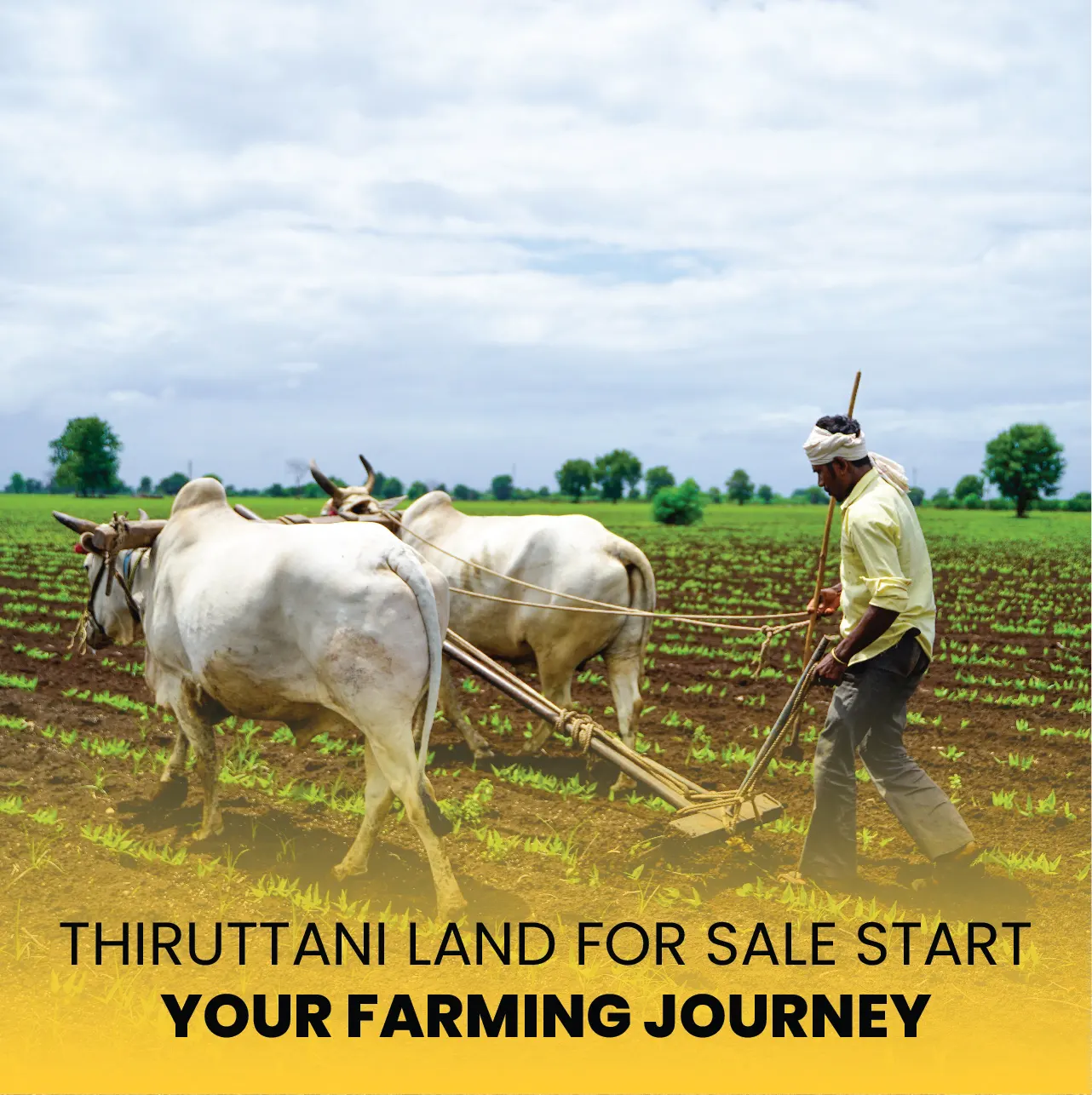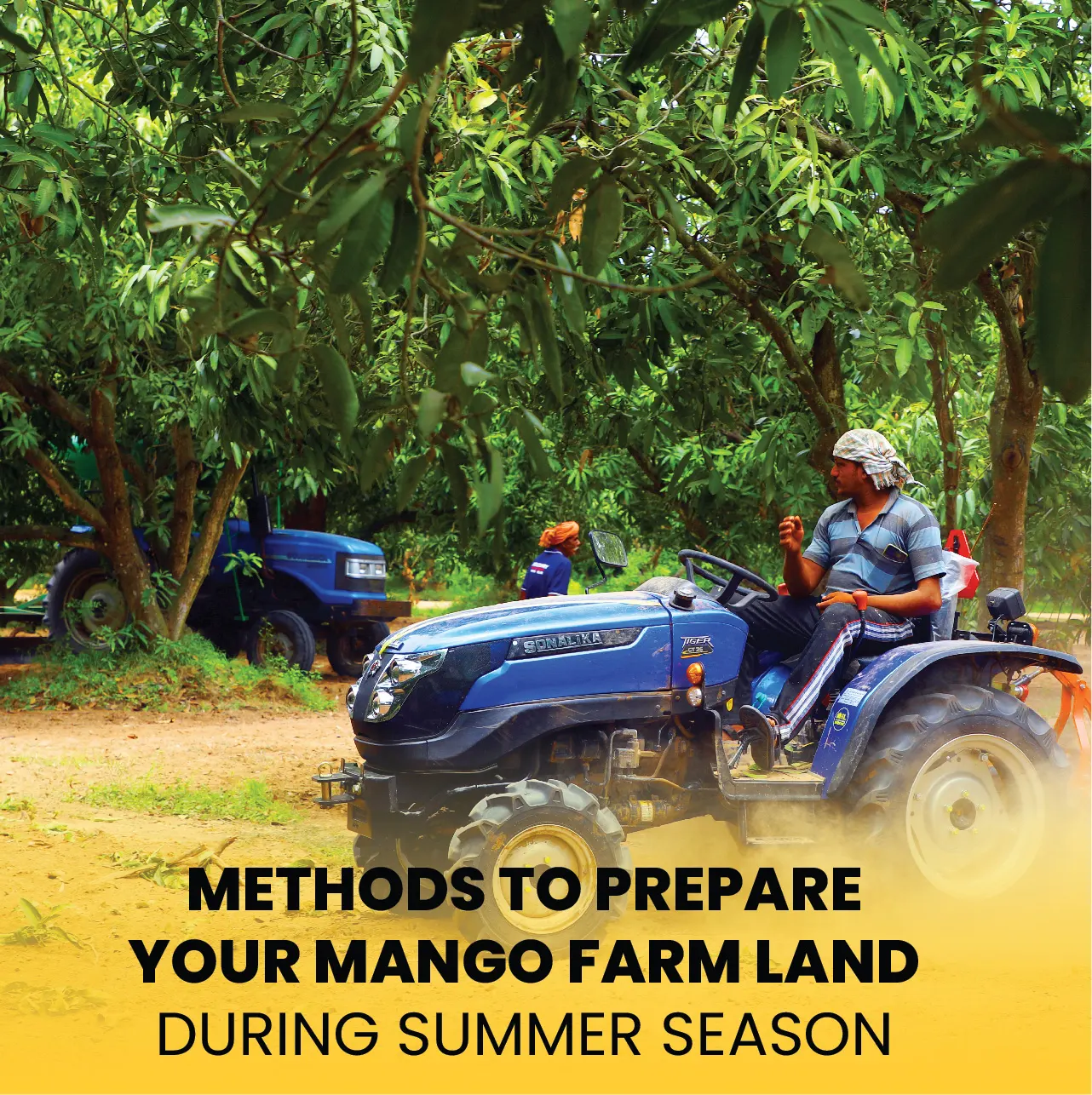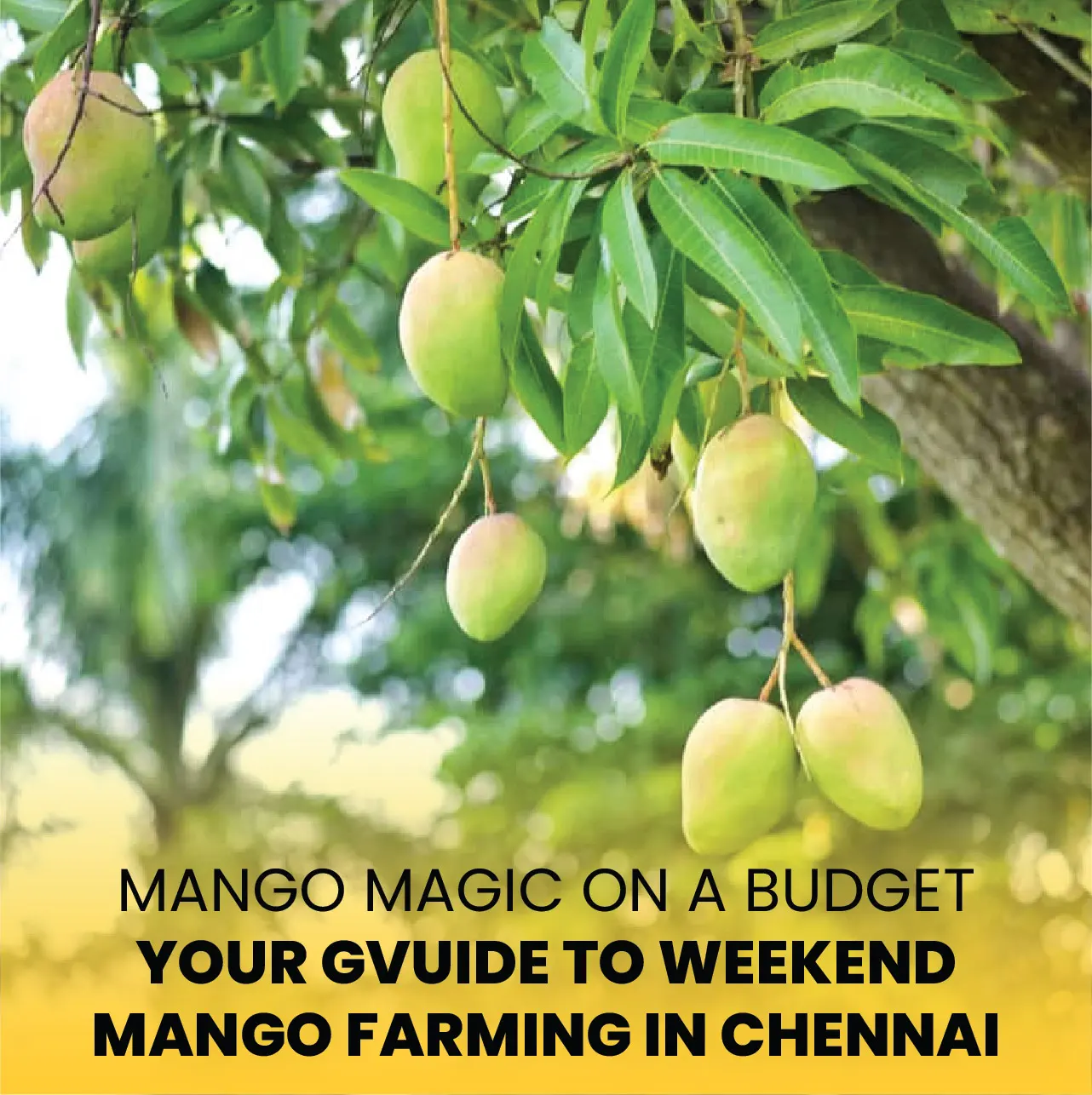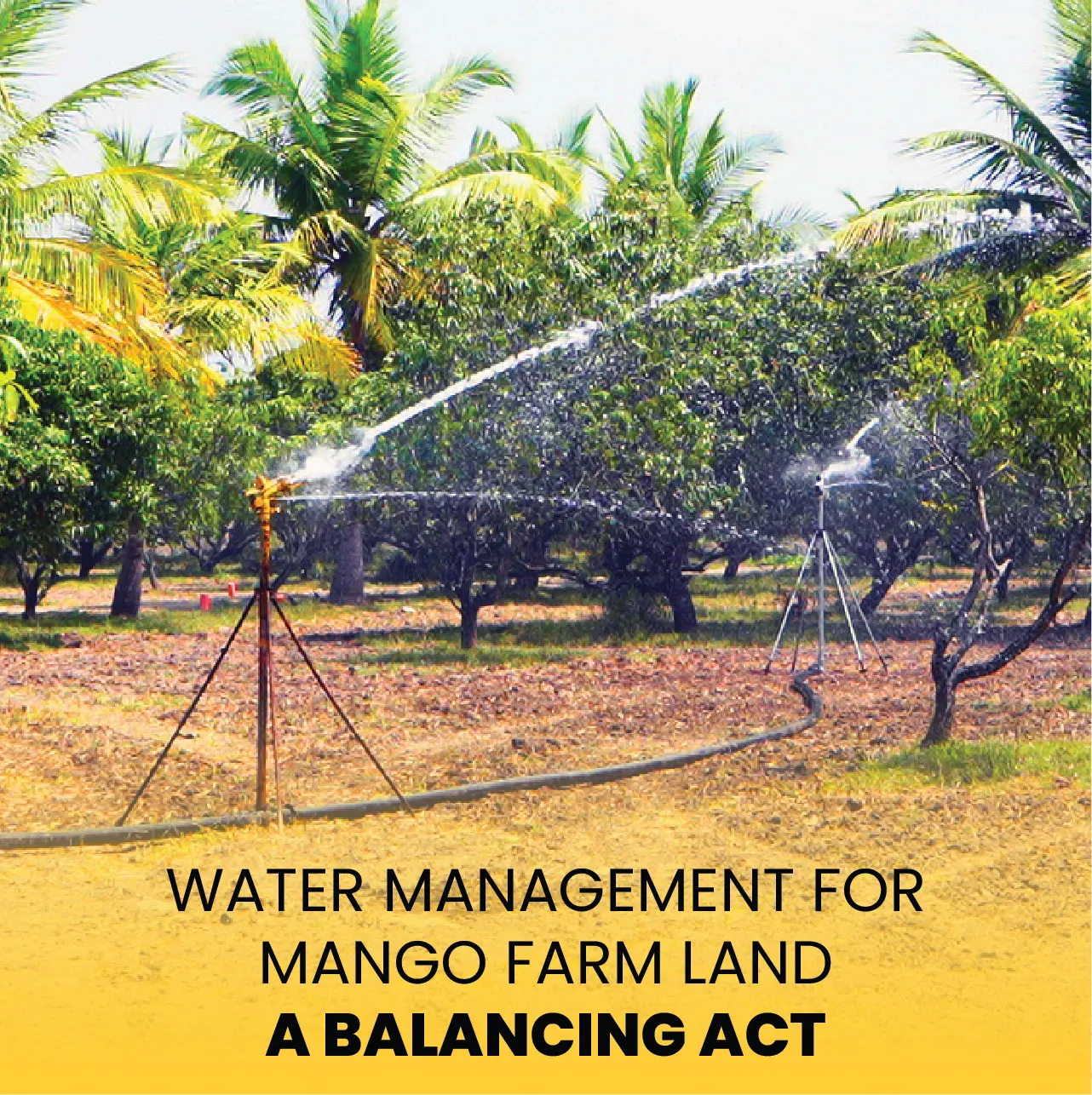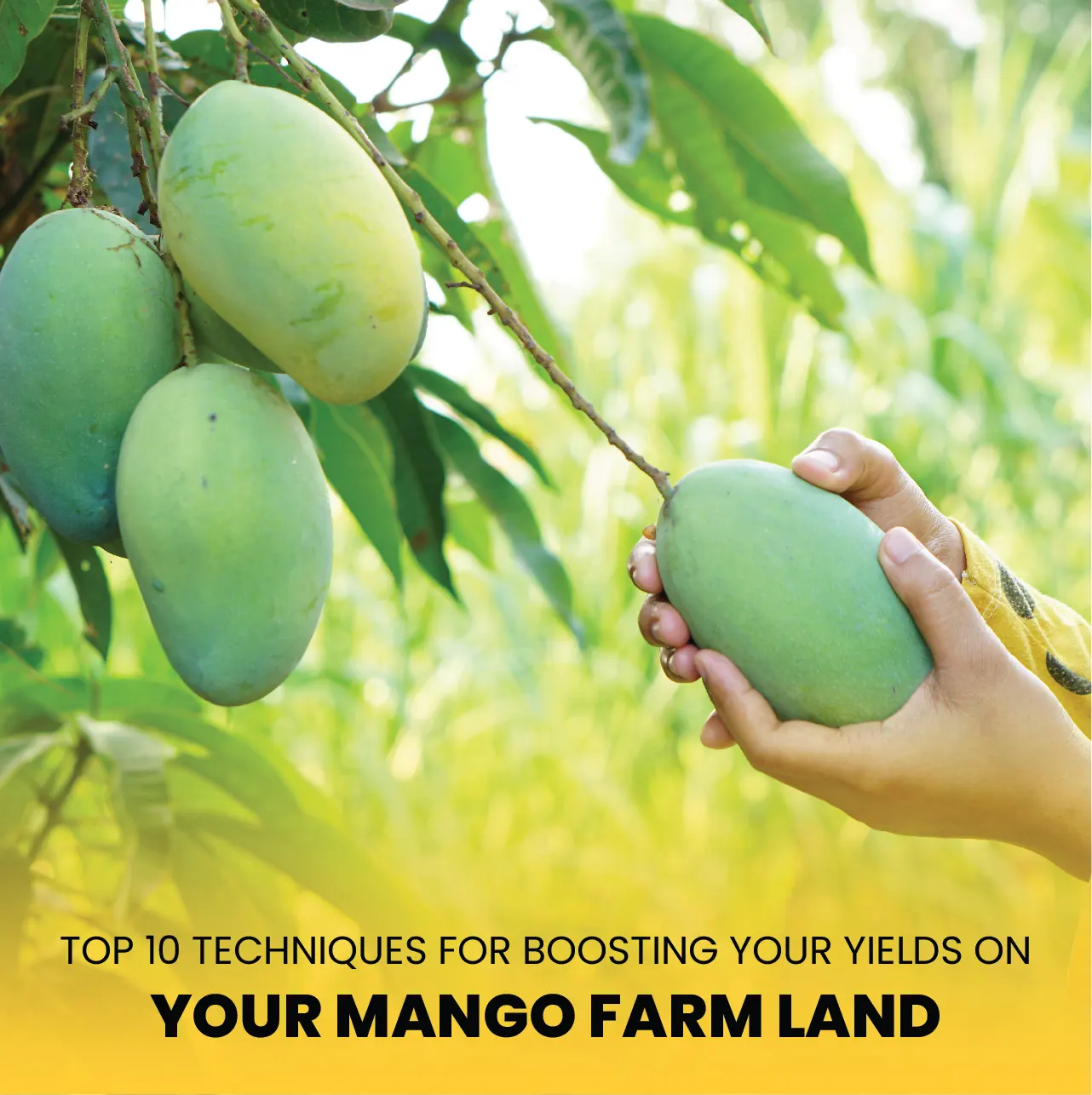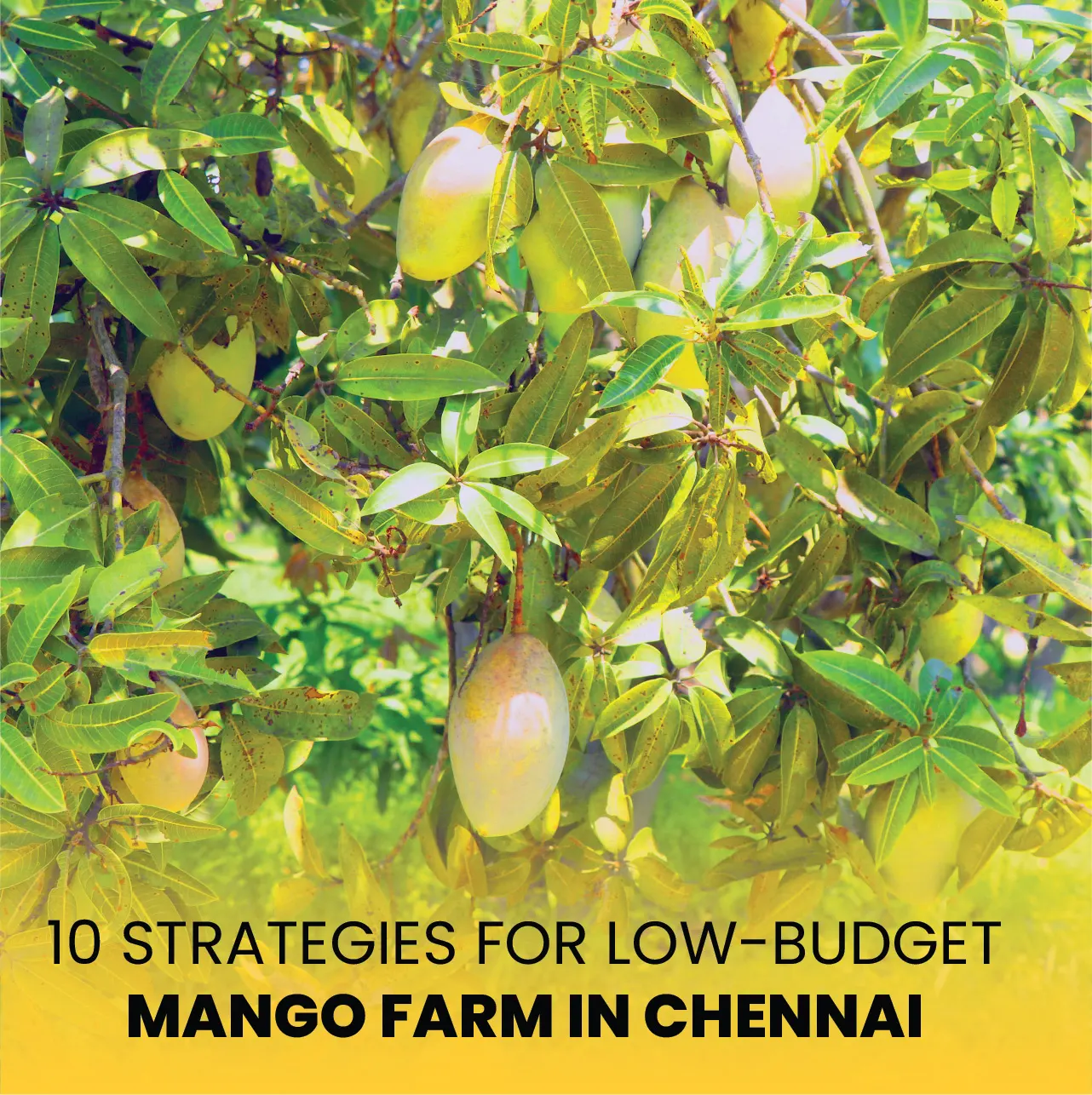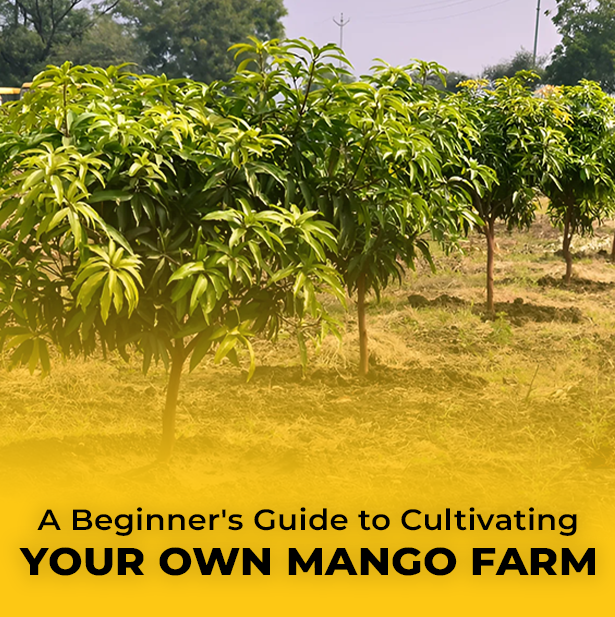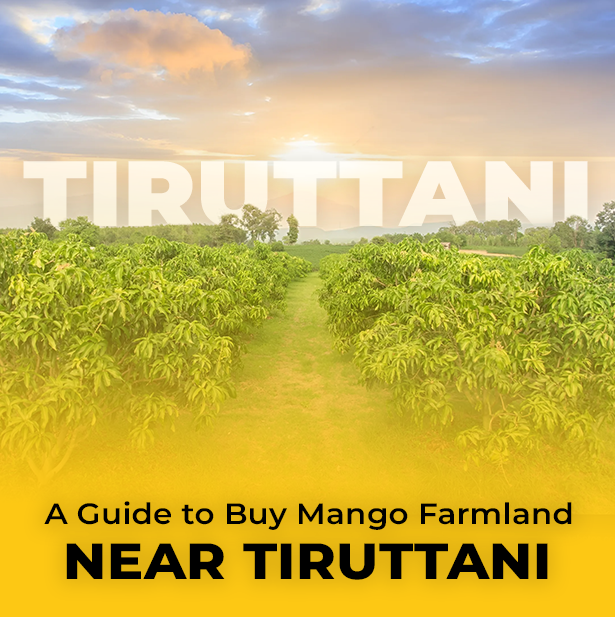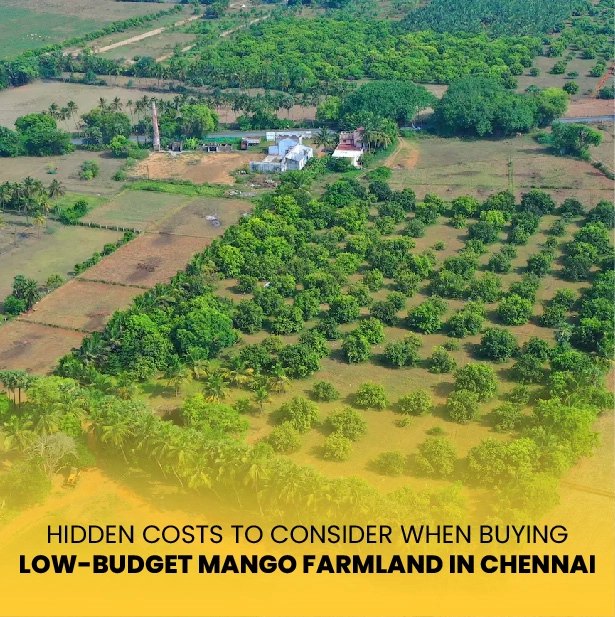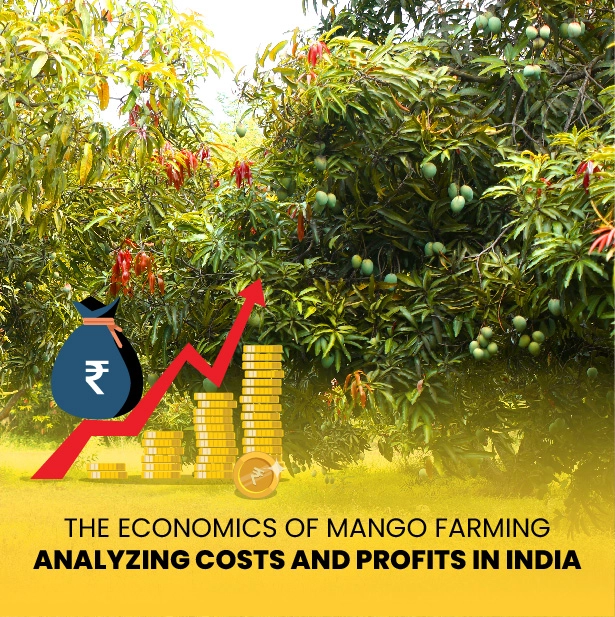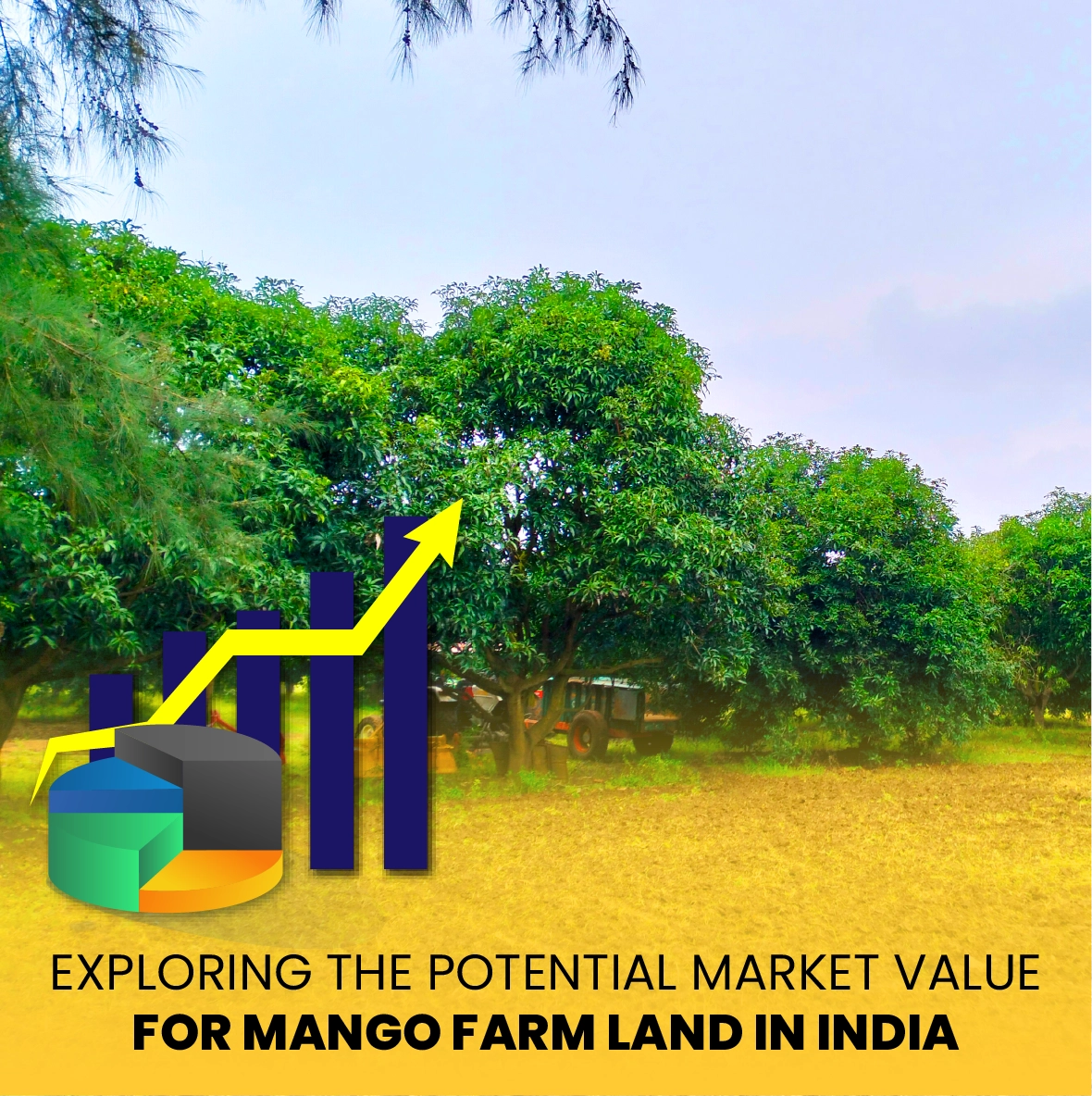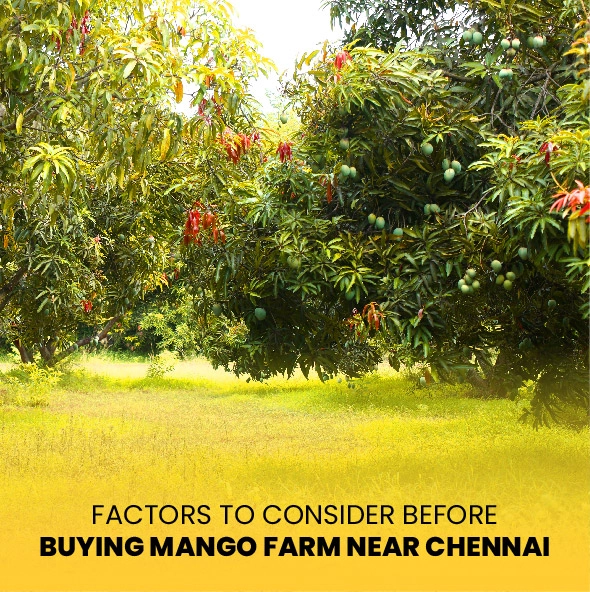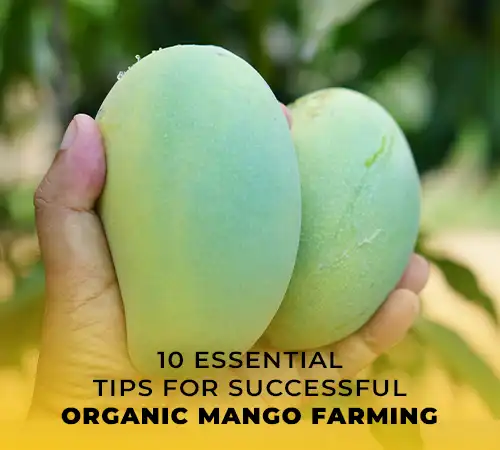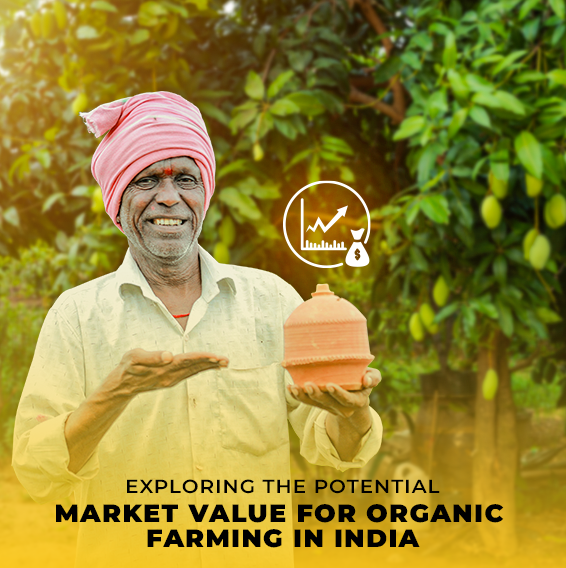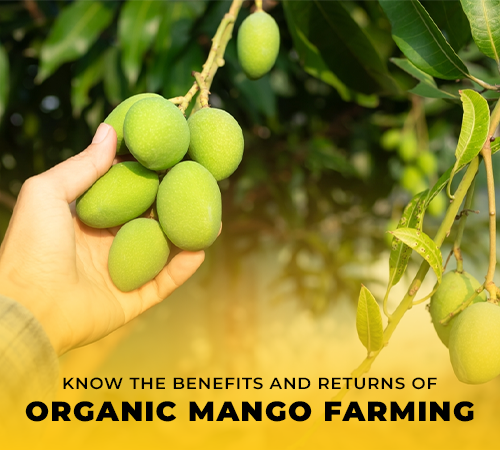Mangoes, often celebrated for their luscious sweetness, juicy texture, and vibrant tropical scent, are cherished globally. With over 1,000 varieties grown globally, each with its unique taste, texture, and appearance, the mango offers a delightful array of options for enthusiasts and connoisseurs alike. Here's a journey through the 100 most popular mango varieties from around the world, celebrated for their exceptional qualities.
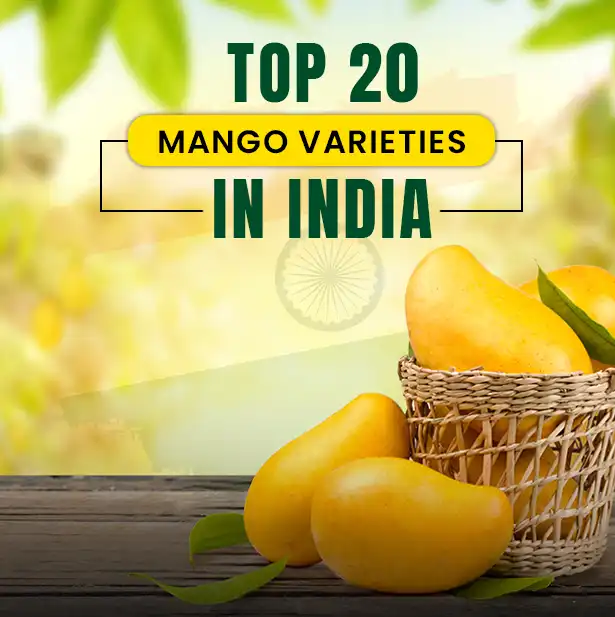
1. Alphonso (Hapus) Mangoes - An important type of mango from India is the Alphonso, which is also known as the hapus mango. Around mid-April to late June is when this seasonal fruit is available. It takes about 90 days from blooming to harvest, and another 15 days for the fruit to fully ripen after harvest. Around 150 to 300 grams (5.3 to 10.6 ounces) on average, these mangoes are known for their smooth, juicy juice and rich, creamy, and tender texture. Alphonso mangoes get a golden-yellow colour on the outside and a reddish tint on top as they get older.
2.Gir Kesar Mangoes - The Gir Kesar mango, which is sometimes just called "Kesar," is a famous variety that is grown in Gujarat, Western India, near the foothills of Girnar. This mango got geographical indication status in 2011 because of its bright orange flesh. This mango was first grown in 1931 by Junagadh Wazir Salé Bhai, who put in about 75 grafts at the Junagadh Laal Dori farm in the foothills of Girnar. The mango got its name "Kesar," which means "saffron" in Gujarati and Hindi, when Nawab of Junagadh Muhammad Mahabat Khan III said, "This is Kesar," referring to the fruit's orange juice.People love kesar mangoes because their meat is bright orange and tastes sweet and rich. They are often used in juices and desserts.
3.Dasheri Mangoes - The Dasheri mango is a type of tree that was first grown in an 18th-century village near Kakori in the Lucknow area. This type is grown in North India, Andhra Pradesh, Nepal, and Pakistan. It is known for being sweet and fragrant. Malihabad in Uttar Pradesh is where most of it is grown. Born Abdul Hameed Khan Kandhari, also known as Baba-e Amba (Father of Mango), the Dasheri mango is his finest work. In the grounds of the Nawab of Lucknow in the 18th century, a mango that looked like the Dasheri was first seen. Abdul Hameed Khan Kandhari grafted this plant and took extra care of it, which is how the Dasheri mango came to be. Dasheri plants have been grown all over India since then. The first plant was found in the town of Dasheri, which is close to Kakori in Lucknow. Dasheri mangoes are known for having a sweet and sour taste and a smooth texture.
4.Langra Mangoes - The 'Langra' mango, which is also called the Benarasi Langra, is a type that comes from Banaras (now Varanasi), which is in the Indian state of Uttar Pradesh. It was first grown there about 250 to 300 years ago. It is grown in Bihar, West Bengal, and the neighbouring country of Bangladesh, as well as Uttar Pradesh. The Langra mango is sometimes called the "Malda Mango" in northern India and Bihar. This name comes from the town of Malda in West Bengal and the Digha region in Patna district. This type of mango is known as the "king of mangoes" because it stays green even as it ripens. The Langra mango is picked from the middle of June to the end of July. It became popular around the world in 2006. This fruit is great for slicing and canning, and its rich pulp and small seeds make it pleasant to eat just a few.
5.Banganapalli (Benishan) Mangoes - Banganapalli mangoes (also known as Benishan and Bernisha) come from Banganapalle in Nandyal District, which is in the Indian state of Andhra Pradesh. It takes up 70% of all the land that can be used to grow mangoes in the state, and farmers from Banaganapalli were the first to plant it. It's also grown in other parts of Pakistan and India. The fruit is said to be about 20 cm long and oblong on the sides. It has yellow meat and a thin, smooth yellow skin. The body is sweet, firm, and meaty, but it doesn't have any fibre. In Andhra Pradesh, this variety is the most sought after. This type comes in very late in the season and is good for cooking. It's also known as "king of mangoes" and is high in vitamins A and C.
6.Himsagar Mangoes - The Himsagar mango is a well-known variety that comes from what is now Bangladesh and the Indian state of West Bengal. Its bright yellow to orange pulp has no fibre and is often thought to be one of the best mango types. About 77% of this medium-sized fruit's weight is pulp. It weighs between 250 and 350 grams most of the time. The Himsagar mango is also known as Khirsapati and Kishan Bhog in Bihar. It is known for how well it keeps. The market has it from the second week of May until the end of June, after it has ripened in May. Himsagar mangoes are famous for being very sweet and having a smooth, woody texture. They are mostly grown in the Chapai Nawabganj district of Bangladesh and the Malda, Murshidabad, Nadia, and Hooghly districts of West Bengal, India.
7.Totapuri Mangoes - The Totapuri mango, which is also called Ginimoothi, Along with Alphonso, Dasheri, and Kesar, is one of the most important types of mango grown in India. It is mostly grown in South India, but some of it is also grown in Sri Lanka. There are many names for this fruit, such as Bangalore, Collector, Kallamai, Kili Mooku, Gilli, Mukku, "Ottu," and Sandersha. In Bengaluru, people call it Ginimoothi Maavina Kayi. In other parts of India, people call it Totapuri or Bangalore. The name "Ginimoothi '' means "parrot face" in Hindi. Gini means "parrot" and muthi means "beak." The Totapuri mango's skin isn't as bitter as the skin of other mangoes, so people often eat it with the meat. The fruit on the tree is about the size of a pencil and has a greenish-yellow skin.
8.Neelum Mangoes - Neelum mangoes are known for their rich, sweet flavor and vibrant yellow skin.Fresh eating and pickles love this kind for its crisp texture and low fibre content. Neelam, weighing 9 to 12 ounces and generally shaped like a fat cashew nut, have smooth skin and no blush during ripening. The flesh is thick, flavourful, bright yellow to orange without any fibres; it may overwhelm an unfamiliar palette. Their late ripening season allows them to be kept for a long period. Fruit should be taken off the tree mature green and ripened at room temperature off-peak.
9.Pairi (Paheri) Mangoes - Pairi mangoes, regularly as Paheri mangoes, have a remarkably juicy, succulent texture and sweetness. In the states of Gujarat and Maharashtra, where its rich, aromatic taste and smooth, golden skin make it a favourite among mango aficionados, this variety is much sought for. Often eaten fresh or employed in a variety of gastronomic masterpieces, the Pairi mango's distinctive taste character and pleasing texture have won it a particular place in regional cuisine. Its popularity goes beyond neighbourhood markets; it helps to explain why this mango variety is so sought-after in the larger mango-loving society.
10.Raspuri - The 'Raspuri' mango, renowned as the "Queen Mango of India,"is a common variation mostly produced in regions of Maharashtra and Karnataka. Measuring 4 to 6 inches in length, oval-shaped and with reddish-yellow peel, it has a juicy, aromatic, sweet flesh with sporadic acidity. Rich in vitamins A and C, this mango can be used in many different ways including juices, jams, desserts, and other foods. Available from May to early June, fully ripened Raspudi mangoes have a better taste and high juice content; their pulp colours range from orange to red and a yellowish-orange. Should it be underripe, it could taste sour. It goes also as Pairi in Maharashtra.
11. Malgova - The 'Malgova' or Malgoa mango mostly grown in Tamil Nadu, Kerala, and Karnataka, this important cultivar also finds limited output elsewhere in South India. Known for its juiciness and scent, this big, spherical fruit weighing between 300 and 500 grams has a little, firm seed. Considered among the best mango kinds, Malgova is mostly grown in Tamil Nadu's Salem, Dharmapuri, and Krishnagiri districts as well as in Gujarat and adjacent areas of Andhra Pradesh and Karnataka.
12.Chausa - The Chaunsa mango, established to honour this victory, popularised by Indian emperor Sher Shah Suri following his conquest at Chausa, Bihar, Originally grown extensively in Ghazipur, the Chaunsa mango has a golden-yellow hue when ripe, is almost fiberless, and has a sweet, aromatic taste. Known also as Ghazipriya because of its initial large-scale production in Ghazipur. It is more frequently seen in Pakistan with a greenish-yellow colour. Celebrated internationally as one of the best mangoes, the Chaunsa is renowned for its rich taste, luscious pulp, and excellent nutritional value including a greater vitamin C concentration than other mango kinds.
13.Amrapali - Introduced in 1971, the 'Amrapali' mango is now extensively grown all throughout India. Originally grown in the West Bengal village of Chakdaha, in the Nadia district, this miniature tree bears clusters of tiny fruits. Deep orange-red in colour, the flesh of this mango variety has 2.5 to 3 times more β-carotene than others. Rich in taste and nutritional content, Amrapali mangoes known for their petite size and strongly sweet, fragrant flavour are much prized.
14.Suvarnarekha Mangoes - The Suvarnarekha mango, with thick skin and a scarlet tinge near the stalk, this also known as Chinna-Suvarnarekha and Sundari stands out in Northern India. The medium-sized, ovate-oblong fruit boasts a rounded bottom and a somewhat flattened top. Its skin is light cadmium with medium-sized specks in jasper red and a blush. Yellow, juicy, sweet and pleasantly flavoured, the soft, fiberless flesh is Growing without chemical pesticides and straight from FPOs, Sahaja Mangoes are 100% organic, nutritious, and chemical-free.
15.Sindhura Mangoes - Sindhura mangoes weighing between 150 and 300 grams, these small to medium-sized varieties have a consistent round to oval form with blunt, curving edges. Sometimes with white to dark brown patches, their thin, smooth skin tones combine golden yellow, red, and brilliant green. Usually, the fruit has a rich crimson hue on the shoulders; some mature mangoes become totally yellow-orange under sunlight. With a little inedible seed inside, the pale orange, soft, luscious rich, creamy, slightly fibrous flesh is Sindhura mangoes smell subtly sweet, like honey and apricots. Usually ripe, they have a sweet and sour taste with honeyed and spicy overtones that leaves the tongue with a residual, good flavour.
16.Ratna Mangoes - Ratna mangoes from Maharashtra, India, are a hybrid type that are known for having a bright orange skin and a great flavour. They are about the size of a golf ball and don't have any fibres. The juice inside is smooth and juicy, and it's sweet with a sour taste. Ratna mangoes are known for their nice smell and juicy texture. You can eat them fresh or add them to a variety of meals. People who like mangoes love them because they have a good flavour and a nice look.
17.Bombay Green Mangoes - The Bombay Green (Saroli) mangoes from Northern India are very popular. They have medium to large sizes and green skin that stays green even when they are ripe. They have the perfect amount of sweetness and sourness, and the texture is juicy and a little woody. Bombay Green mangoes are known for having a pleasant, aromatic, and refreshing taste. They can be eaten fresh or used in a variety of recipes. During mango season, they are a popular choice because of their unique flavour profile and bright taste. They make a delicious tropical treat.
18.Gulab Khas Mangoes - The Gulab Khas mango is much prized for its distinctive rosy taste and aromatic scent, which are reflected in its reddish look that is fitting given its name, "Gulab," meaning rose. Being a mid-season variety, it presents a rich, non-fibrous pulp with quite smooth and delicious taste. This feature makes it especially preferred for making a variety of mango-based sweets where its sweet and aromatic qualities can really stand out. With its rich taste and texture, the Gulab Khas mango improves food creations whether they are traditional sweets, gourmet cuisine, or cool snacks.
19.Mallika Mangoes - The "Mallika" mango is a cross of the Neelum and Dasheri types. Usually picked from June to July, this is a fruit with a reasonable weight and superior fiberless quality. Reappreciated at the Fairchild Botanic Gardens International Mango Festival, the mango has a sweet taste with citrus, melon, and honey undertones. Growing in tropical to subtropical conditions, mallika mangoes might suffer from malformation in colder temps because of rising ethylene levels. Within three days following harvest, the mango's skin becomes reddish-yellow as carotenoids rise; hardness and acidity peak on the third day and then drop. The mango is heaviest by the fifth day; but, by the seventh day its weight decreases.
20.Imam Pasand (Himayat) - The Imam Pasand mango, which is also called Himayuddin or Humayun Pasand, is a big, sweet type that people like because it is juicy and smooth. Its name in Urdu means "Imam's Favourite" and is known as the "King of Mangoes." This mango has green skin that turns yellow when it's ready to eat. It weighs between 500 and 750 grams and has a thin seed that makes more juice. The season for it runs from the middle of April to the middle of June. It is mostly grown in Tamil Nadu, Telangana, and Andhra Pradesh. The goal is to get the word out about Imam Pasand and bring together farmers and merchants to make a worldwide market.
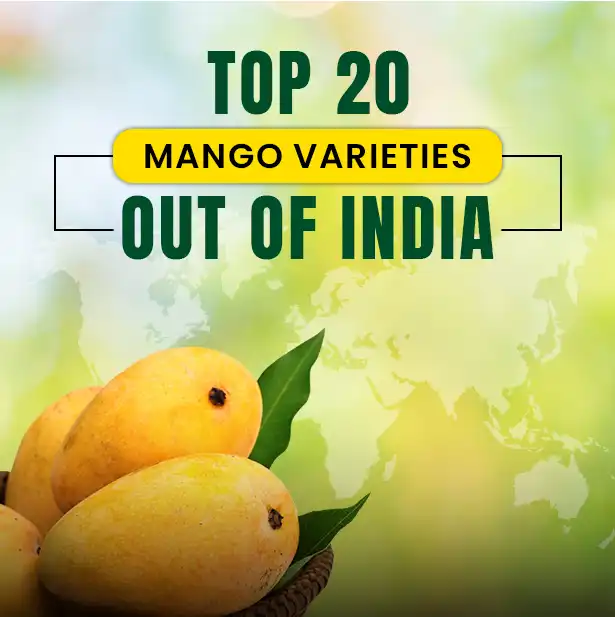
1. Haden - A type of mango called "Haden" (sometimes written as "Hayden") quickly spreads and is now grown all over the world. In the early 1900s, it was brought to South Florida for the first time. The best fruit, with a bright colour and a good taste, came from one tree in particular. This plant was given its family name after it was picked. Haden was probably made by crossing a Mulgova mango with a Turpentine mango, according to both history and pedigree studies. Haden smells and tastes great. It is mostly red, but there are some green and yellowish tones in it.
2. Tommy Atkins - Some people don't think the "Tommy Atkins" mango is the sweetest or best, but a lot of people like it because it stays fresh for a long time and doesn't break easily when moved or handled. This makes it the main mango sold in places that need to bring them in from other places. In the US and UK, it makes up about 80% of mangoes sold, but not in California, Hawaii, Florida, or Jamaica, where it grows naturally. The Florida Mango Forum turned down this cultivar in the 1950s because it didn't taste good and had tough skin. But it turned out to be a big economic success. The most common type of commercial mango planted in Florida is now this one. It is also the most common type of mango grown in the world.
3. Kent - The 'Kent' mango comes from a Brooks seedling that South Florida's Leith D. Kent planted in Coconut Grove in 1933. People didn't name or describe it until 1945, even though the tree's first fruit was picked in 1938. In Florida, "Kent" became very popular very quickly. It tastes great and doesn't have any fibre. It is now the most common type brought into France from other places, mostly Africa and South America. The tree has a thin crown and grows quickly. It can develop greater than 30 ft tall.. The oval fruit weighs 20 to 26 ounces and tastes sweet and rich. It turns greenish-yellow with a red blush when it's done. Most of the time, the fruit in Florida ripens between July and August, but sometimes it can wait until September.
4. Keitt - The 'Keitt' mango comes from South Florida and is late in the season. Some people say that Mrs. J.N. Keitt put a Mulgoba cultivar seedling in Homestead, Florida, in the year 1930. It was picked out and given the name Keitt in 1945. It quickly became famous in business because it tasted good, gave a lot of grain, and didn't have much fibre. They are strong, but the trees never get taller than 20 feet. The fruit is green with a little red on it. The meat is both sour and sweet, and it has some threads in it. A type of mango called "Keitt" doesn't get sick easily and ripens in Florida from August to September.
5. Ataulfo - The 'Ataulfo' mango is from Mexico. It is a bright golden yellow colour and has a bent shape. It weighs between 6 and 10 ounces (170-280 g) and has a thin pit. The meat isn't tough. On August 27, 2003, it got the Mexican Designation of Origin mark. It was named for a farmer named Ataúlfo Morales Gordillo. With 1090 to 3000 mm of rain a year from April to October, warm, wet places where it rains a lot in the summer are best for Ataulfo mangoes. The fruit should be 28°C. From March to September, you can get these peaches.
6. Nam Dok Mai - The "Nam Dok Mai" mango is the most well-known type in Thailand. Australia and Colombia also grow this kind of mango for business, though not as much as Thailand does. It's possible for the tree to get taller than six meters. This type blooms early to midsummer and can grow crops more than once a year. The fruit is very long and has a big head. The spots are green and yellow most of the time. The type is polyembryonic and is known for having little fibre, a strong but pleasant smell, and a great taste.
7. Irwin - The "Irwin" mango is a widely grown type that was grown in South Florida. F.D. Irwin put down the first tree in Miami in 1939. That tree was a Lippens seedling that had been fertilised by a Haden tree. In 1945, it grew its first fruit. In 1949, it was named and described. People in business liked this type because it produced well, tasted good, didn't get diseases easily, and was a nice deep colour. The oval fruit has a pointy top and a round bottom. It smells and tastes a little sweet and is yellow. It doesn't have any strands and inside it is one seed that is growing. Most of the time, the fruit is ready in Florida between June and July.
8. Palmer - The "Palmer" mango is big and comes from South Florida. It is late in the season. This tree started as a seed that was planted on Mrs. Victor Mell's land in Miami around 1925. It wasn't named until 1949, even though it was grown for the first time in 1945. It was grown for business in Florida, and now it's also grown professionally in places other than the U.S., like Africa and Australia. Palmer mangoes are big; they can weigh up to a few pounds. The flesh is orange-yellow and has a mild, fragrant taste. They only have one immature seed and not much fibre. Because they only ripen in Florida from July to early September, they are a late-season crop.
9. Valencia Pride - The 'Valencia Pride' mango comes from South Florida and is late in the season. It is said to have grown from a Haden mango seed that was planted in 1937 on Mrs. Charles Brown's land in Miami. In 1941, it produced its first fruit. Valencia Pride comes from the Coachella Desert in Mecca, California. It has since been grown all over Florida for use at home and in work. It's famous for how nice it looks, how much it produces, and how good it is. The fruit is long and thin, shaped like a sigmoid. Its base and tip are round, and the very top has a big beak. Most of the time, it's ready in Florida between July and August.
10. Osteen - Florida's Merritt Island grows the "Osteen" mango, which is sold fresh in stores. The tree was named for the famous Osteen family and gives fruit for the first time in 1940. The type was picked because it has a nice colour, can grow fruit, and tastes good. "Osteen" is still grown on a small scale for business purposes in Merritt Island, Florida, and it is well-known in Europe. The fruit is long and thin, and the bottom and top are round. It has a small beak on top sometimes. The meat is light and sweet, and almost none of it has any fibre. Inside is a single developing seed. It gets ready in Florida between July and September.
11.Zhuyeqing - This type of mango, from China, is also known as the "Green Bamboo Leaf" mango. It grows best in tropical and subtropical places. The green colour makes it look like bamboo leaves, which is how it got its name. It turns yellow as it ripens. People love this mango because the fruit is juicy and looks and tastes great. Many people like to eat it raw or put it in soups, salads, fruits, and sweets. The Zhuyeqing mango is good for you and can be part of a healthy diet because it is high in protein, vitamins A and C, and antioxidants. They help your body process food, keep your skin healthy, and fight off sickness. It has its own place in shops both at home and abroad because of its unique taste and health benefits.
12.Arumanis - Arumanis mangoes are small fruits about the size of a palm. Each one weighs about a pound and has an elongated, oval shape. They have bright green skin with light yellow dots that stays green even when they are ripe, which means they are ready to eat right off the tree. The mango's bright golden yellow, soft, and almost fiberless meat is protected by its thick, tough skin. The small, oblong seed inside has a lot of meat to seed ratio. Arumanis mangoes have a strong, sweet smell with hints of pineapples, peaches, and citrus fruits. They taste sweet and sour. These mangoes are native to Indonesia, especially East and West Java.
13. Safaid Chaunsa - When it's ripe, the Chaunsa mango is known for its golden-yellow meat that is almost free of fibres and sweet, fragrant taste. In Pakistan, it often looks greenish-yellow before it's ready to eat. Chaunsa is thought to be one of the best mangoes in the world because it has a great flavour, juicy pulp, and a lot of vitamin C. It is in season in India and Pakistan from early June to late August. A lot of it is sent to the Middle East, Europe, Canada, and, more lately, the United States.
14.Sindhri - The Sindhri mango is famous for its big, oval shape and its unique sweet taste. It comes from the town of Sindhri in the province of Sindh in Pakistan. It's known for having a pleasant smell and a slightly sour taste that goes well with its rich flavour. People in Sindh and beyond really value the Sindhri mango. It's a sign of pride for the area and a delicious food. Because of its huge size and delicious flavour, this type is very popular. People love eating it because the flesh is always juicy and full of flavour.
15.Carabao (Manila) - The Carabao mango, which is also called the Filipino mango or the Manila mango, is very sweet and is one of the most important types grown in the Philippines. The Guinness Book of World Records published in 1995 said that this mango was the sweetest in the world. Its taste is known all over the world for being unique and exotic. The carabao is the countrywide animal of the Philippines. It is a domesticated water buffalo that is native to the country. The Carabao mango is famous for having rich, flavourful flesh and is a well-known symbol of Filipino agricultural success.
16.Ngowe - It is thought that the Ngowe mango came to Lamu from Zanzibar around 1897. It is a well-known coastal variety that is also called the Lamu mango. It is easy to spot this type because it has a big, oblong, thin shape with a hook-like beak at the very end. The fruit changes from a light green colour to a bright yellow-orange colour as it ripens. The deep yellow meat is very good quality; it has almost no fibres and a smooth, melting texture. It doesn't taste like turpentine either. Most Ngowe mangoes are about 14 cm long and 9.5 cm wide, and they weigh between 425 and 600 grams. The small, round trees start giving fruit in November and keep doing so until March.
17.Cat Chu - Cat Chu Mangoes, which are also called Cat Mangoes or Cat Chu Nam Doc Mai, are tropically delicious. Mangoes like these have been loved in Thai culture and food for hundreds of years because they are so sweet and delicious. "Cat Chu" means "Chu's cat" in Thai, which is a tribute to the person who found them. Cat Chu Mangoes are grown in many warm places around the world, including Southeast Asia, India, and South America. They are originally from Thailand. They taste and feel great, making them a great choice for mango lovers all over the world.
18. Rosa - Rosa mangoes come from Brazil. They are medium to large fruits that are oval and have shiny, pink to red-flushed skin. Their brightly coloured, smooth skin hides golden-orange meat that tastes heavenly sweet, juicy, and cool. These mangoes are easy to eat and less messy than other kinds because the meat is creamy and almost doesn't have any fibres. You can enjoy Rosa mangoes for their delicious taste and also for their health benefits. They are full of fibre, vitamins A and C, magnesium, and potassium.
19.Jamaican Julie- The "Julie" mango, which is also called "Saint Julian," is a very famous cultivar in the Caribbean. This small fruit, which usually weighs less than a pound, has green skin with a red blush and an oval shape with a side that is flattened. People love the deep orange, juicy meat that isn't tough or fibrous. Julie mango gets ripe in Florida from June to July. It has a single immature seed. The 'Julie' mango tree is known for growing very small and thin. It usually gets to be about 10 feet tall in South Florida.
20.Saigon - The Saigon mango is a type of plant that came to the US from Southeast Asia. The fruit is oval to rectangular, with a pointy end, and it often has a small beak on the side. Saigon mangoes usually weigh less than a pound and have green to yellow skin that sometimes has a light pink blush. The yellow meat doesn't have any fibres and tastes mild and sweet. It also smells good. In Florida, Saigon mangoes usually ripen from June to July and have a seed that is made up of many embryos. The trees grow quickly and have medium-sized, open, rounded crowns.
Top 60 Mango Varieties Around the World
Variety
Region
Taste
Texture
Color
Shape
Season
Osteen
South Florida, USA
Sweet
Creamy
Golden
Oval
April to July
Rataul
Uttar Pradesh
Sweet
Smooth
Yellow
Oval
April to June
Bombay
Maharashtra
Sweet
Smooth
Yellow
Oval
April to June
Zill
Pakistan
Sweet
Smooth
Yellow
Oval
May to July
Hayden
Florida, USA
Sweet
Fibrous
Orange
Oval
May to Sep
Florigon
Florida, USA
Tangy
Creamy
Reddish
Oval
April to July
Graham
Florida, USA
Tangy
Creamy
Reddish
Oval
April to July
Graham
Florida, USA
Tangy
Creamy
Reddish
Oval
April to July
Edward
Florida, USA
Sweet
Smooth
Yellow
Oval
April to July
Glenn
Florida, USA
Sweet
Fibrous
Yellow
Oval
April to July
Cogshall
Florida, USA
Tangy
Smooth
Orange
Round
April to July
Carrie
Florida, USA
Sweet
Smooth
Yellow
Oval
April to July
Pickering
Florida, USA
Sweet
Smooth
Yellow
Oval
June to July
Fairchild
Florida, USA
Sweet
Smooth
Yellow
Oval
June to July
Julie
Caribbean
Tangy
Smooth
yellow
Oblong
May to July
Smith
Florida, USA
Sweet
Smooth
Yellow
Oval
June to July
Saigon
Vietnam
and
Thailand
Aromatic
Juicy
Green
Oval
May to August
Carabao
Philippines
Sweet
Buttery
Yellow
Oblong
March to June
Beverly
Florida, USA
Sweet
Smooth
Yellow
Oval
July to Sep
Brogdon
Florida, USA
Sweet
Smooth
Purple
Oblong
July to August
Fernandin
Maharashtra
Sweet
Fibrous
Green
Oval
May to July
Gir Kesar
Gujarat, India
Sweet
Juicy
Orange
Oblong
May to June
Ambika
Uttar Pradesh
Tangy
Smooth
Yellow
Oval
April to June
Arka Anmol
Karnataka
Tangy
Smooth
Yellow
Oval
May to July
Arka Puneet
Karnataka
Tangy
Smooth
Yellow
Oval
April to June
Arka Aruna
Karnataka
Tangy
Smooth
Yellow
Oval
April to June
Pusa Arunima
Uttar Pradesh
Sweet
Smooth
Yellow
Oval
May to June
Pusa Surya
Uttar Pradesh
Sweet
Smooth
Yellow
Oval
April to June
Pusa Peetamber
Uttar Pradesh
Sweet
Smooth
Yellow
Oval
April to June
Pusa Shreshth
Uttar Pradesh
Sweet
Smooth
Yellow
Oval
April to June
Sindhu
Maharashtra
Sweet
Smooth
Yellow
Oval
April to June
Sonpari
Uttar Pradesh
Tangy
Juicy
Yellow
Oval
April to June
Jahangir
Uttar Pradesh
Tangy
Juicy
Yellow
Oval
April to June
Kalapadi
Karnataka
Sweet
Smooth
Yellow
Oval
April to June
Lakshmanbhog
West Bengal
Sweet
Smooth
Yellow
Oval
May to July
Alampur
Baneshan
Telangana
Sweet
Smooth
Yellow
Oval
May to June
Banarasi Langra
Uttar Pradesh
Sweet
Smooth
Yellow
Oval
June to July
Kothapalli
Kobbari
Andhra Pradesh
Sweet
Smooth
Yellow
Oval
May to June
Vanraj
Gujarat
Tangy
Juicy
Yellow
Oval
April to June
Hapus
Maharashtra
Aromatic
Smooth
Yellow
Oval
April to June
Mulgoba
Karnataka
Sweet
Smooth
Yellow
Oval
April to June
Appemidi
Karnataka
Tangy
Smooth
Yellow
Oval
April to June
Rumani
Uttar Pradesh
Sweet
Smooth
Yellow
Oval
April to June
Safeda
Lucknown
Uttar Pradesh
Sweet
Smooth
Yellow
Oval
May to June
Suvernarekha
Andhra Pradesh
Tangy
Smooth
Yellow
Oval
May to July
Rajapuri
Maharashtra
Aromatic
Smooth
Yellow
Oval
April to June
Jamadar
Uttar Pradesh
Tangy
Smooth
Yellow
Oval
April to June
Kirikatti
Karnataka
Tangy
Smooth
Yellow
Oval
April to June
Mankurad
Maharashtra
Sweet
Smooth
Yellow
Oval
April to June
Starch
India
Sweet
Smooth
Yellow
Oval
April to June
Zardalu
Bihar
Tangy
Smooth
Yellow
Oval
May to June
Kishan Bhog
West Bengal
Sweet
Smooth
Yellow
Oval
May to July
Fajri
Gujarat
Sweet
Smooth
Yellow
Oval
April to June
Lakhan Bhog
West Bengal
Sweet
Smooth
Yellow
Oval
May to July
Roomani
Uttar Pradesh
Sweet
Smooth
Yellow
Oval
April to June
Bangalora
Karnataka
Sweet
Smooth
Greenish
yellow
Oval
April to June
Alphonse
Maharashtra
Aromatic
Smooth
Yellow
Oval
April to June
Himayat
Andhra Pradesh
Sweet
Juicy
Yellow
Oval
April to June
Chaunsa
Pakistan
Aromatic
Creamy
Reddish
yellow
Oval
June to Aug
Samar
Behisht
Pakistan
Tangy
Smooth
Reddish
yellow
Oval
June to Aug
Arka
Neelkiran
Karnataka
Tangy
Smooth
Yellow
Oval
April to June
